Advantages and Disadvantages of Tube Feeding in Medical Care
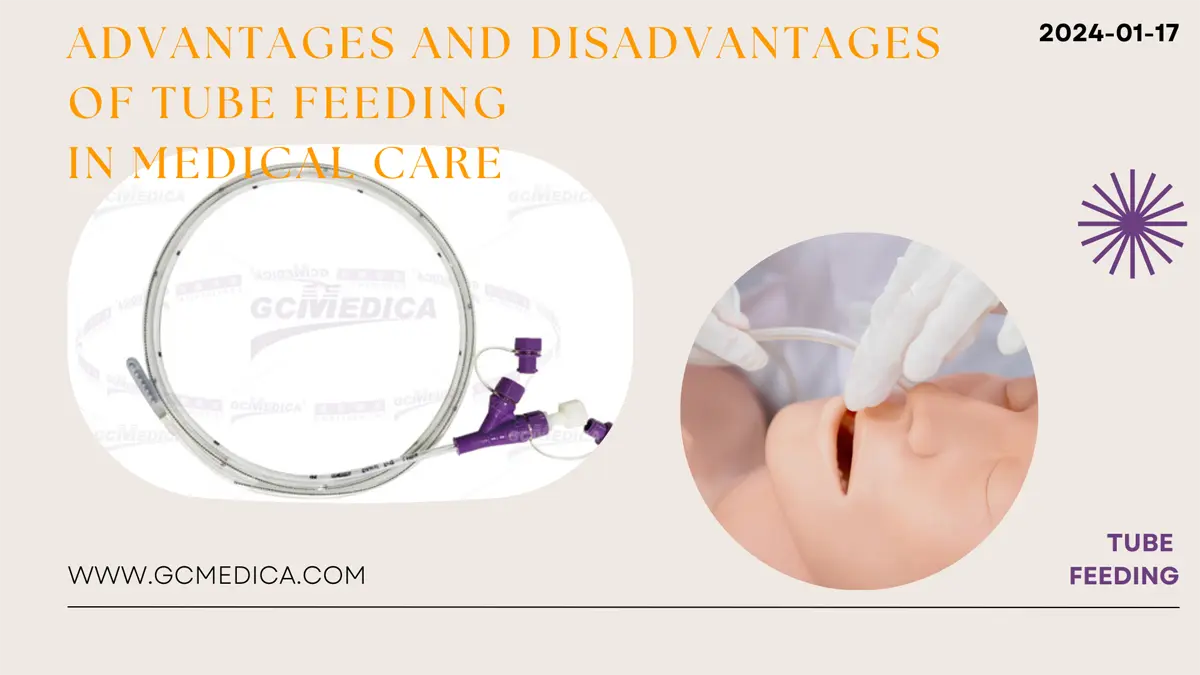
Introduction to Tube Feeding
In the realm of modern medical care, tube feeding stands out as a critical intervention for patients who face challenges with traditional eating methods. This technique, a lifeline for many, involves the delivery of nutrition directly into the stomach or intestine via a tube. It's a method employed when oral intake is either insufficient or impossible, due to a variety of medical conditions ranging from neurological disorders to surgical recoveries.
The concept of Tube Feeding is not new, but its application and technology have evolved significantly over the years, making it a versatile and often lifesaving option in various medical scenarios. In this article, we delve into the intricate world of tube feeding, exploring its types, advantages, and disadvantages. Our aim is to provide a comprehensive understanding of this medical practice, highlighting how it benefits patients while also acknowledging the complexities and challenges it presents.
Types of Tube Feeding
In the practice of medical care, tube feeding emerges as an essential technique for delivering nutrition to patients who cannot consume food orally. This section delves into the five primary types of tube feeding, each designed to meet specific medical requirements and patient conditions.
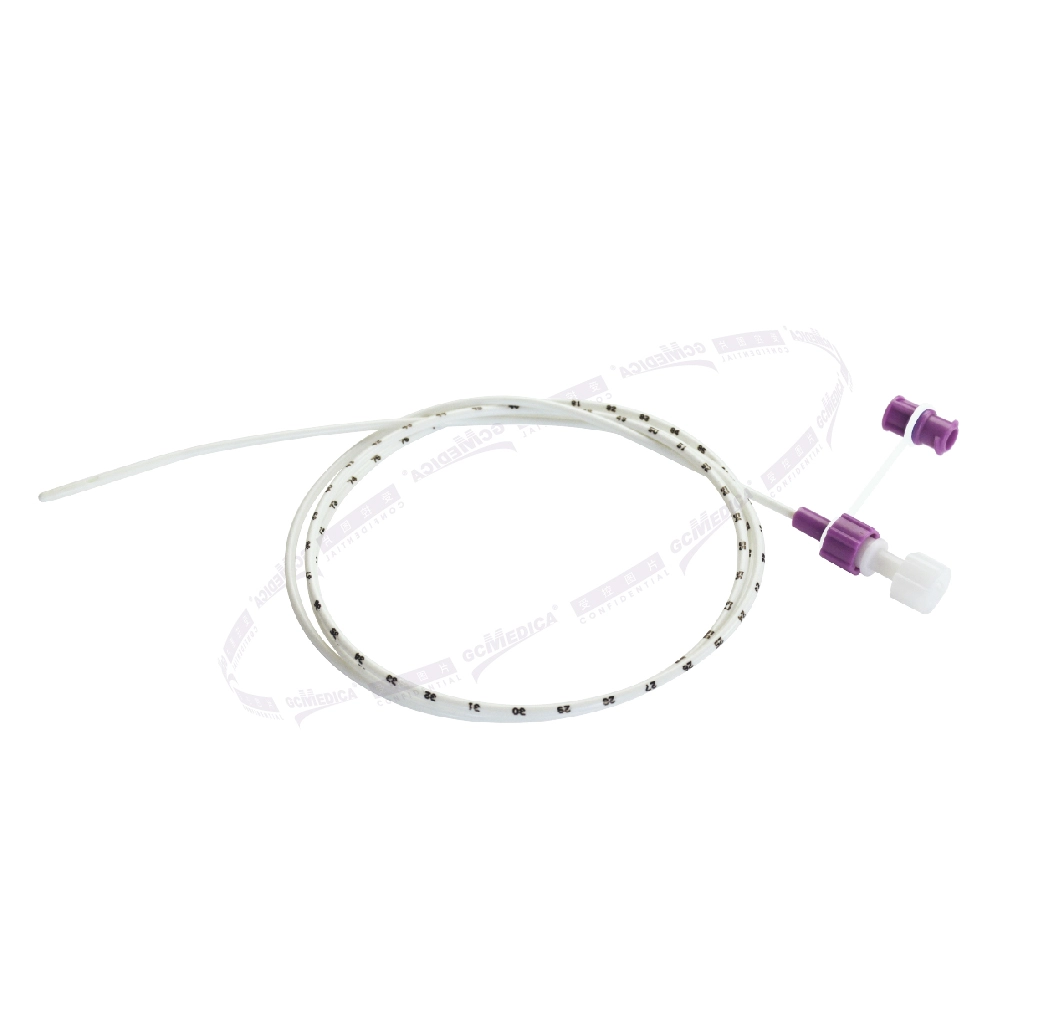
Polyurethane Nasogastric Feeding Tubes: These tubes are known for their flexibility and comfort. Made from polyurethane, they are inserted through the nose and extend down into the stomach. Ideal for short-term feeding, these tubes are less irritating to the nasal passages and throat, making them a preferred choice for patients requiring nasogastric feeding for a few days to a couple of weeks.
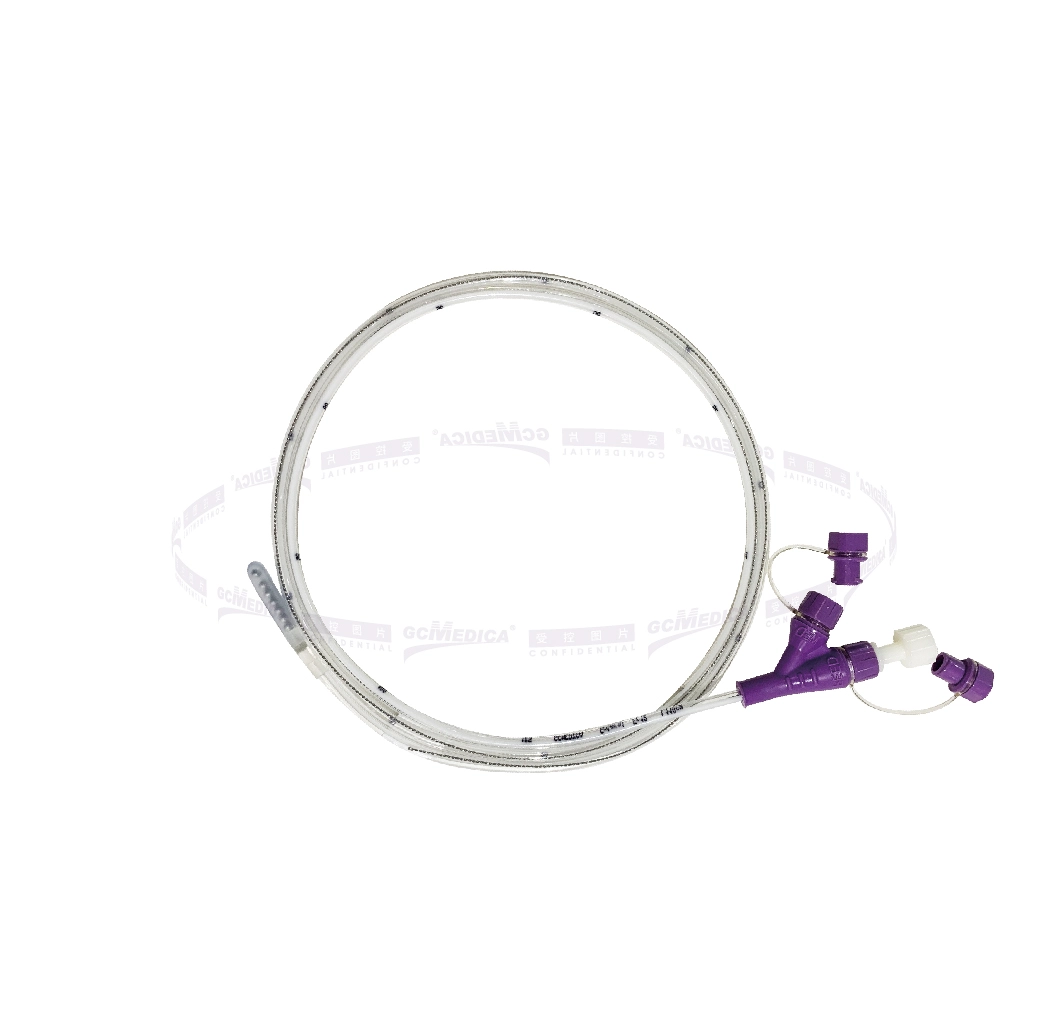
Polyurethane Y-Port Nasogastric Feeding Tubes: Similar to the standard polyurethane nasogastric tubes, these come with an additional Y-port. This port allows for simultaneous feeding and medication administration, enhancing the efficiency of care. The Y-port design minimizes the need for tube manipulation, reducing the risk of discomfort and infection.
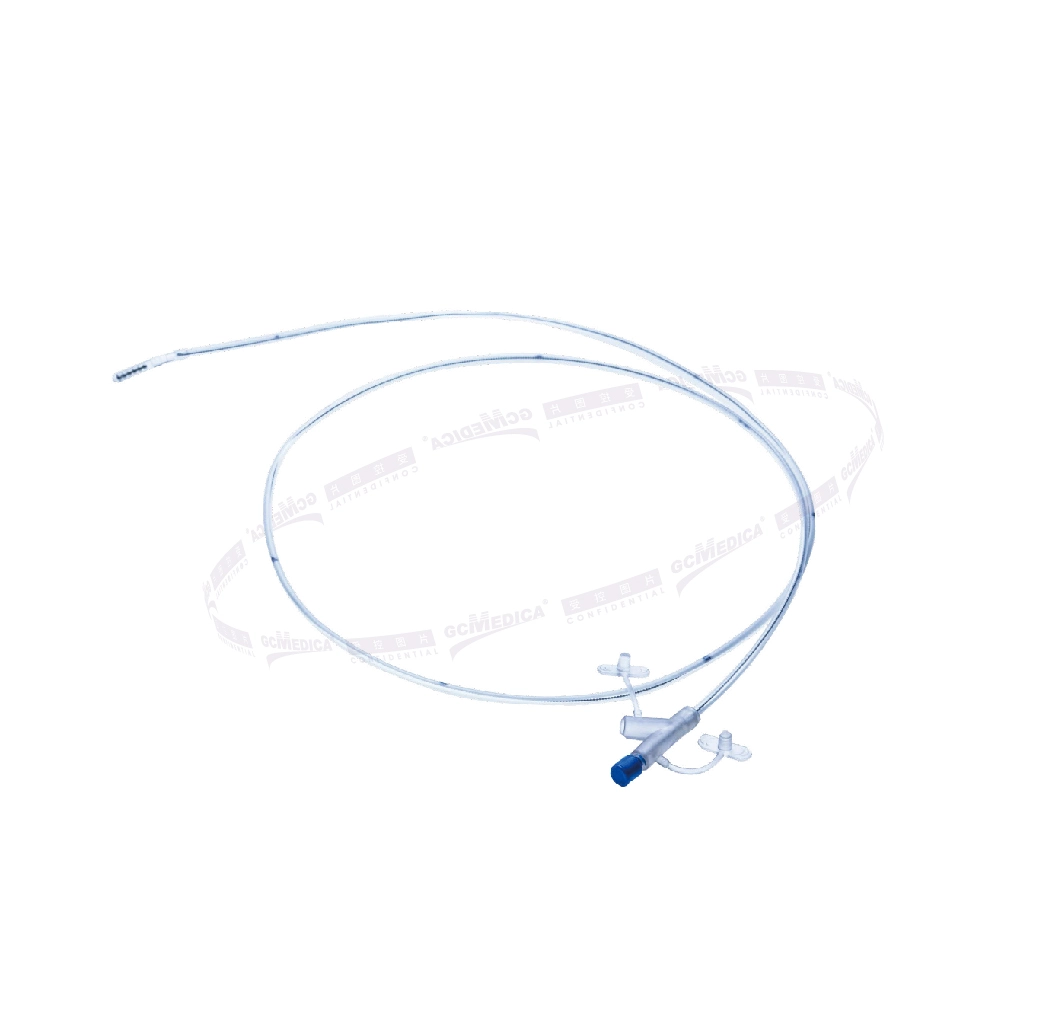
Nasointestinal Feeding Tubes: For patients at risk of aspiration or those with gastric motility issues, nasointestinal tubes offer a solution. These extend beyond the stomach, reaching into the small intestine. The placement of the tube in the intestine ensures direct delivery of nutrition, bypassing the stomach, and is particularly beneficial for patients with certain gastrointestinal conditions.
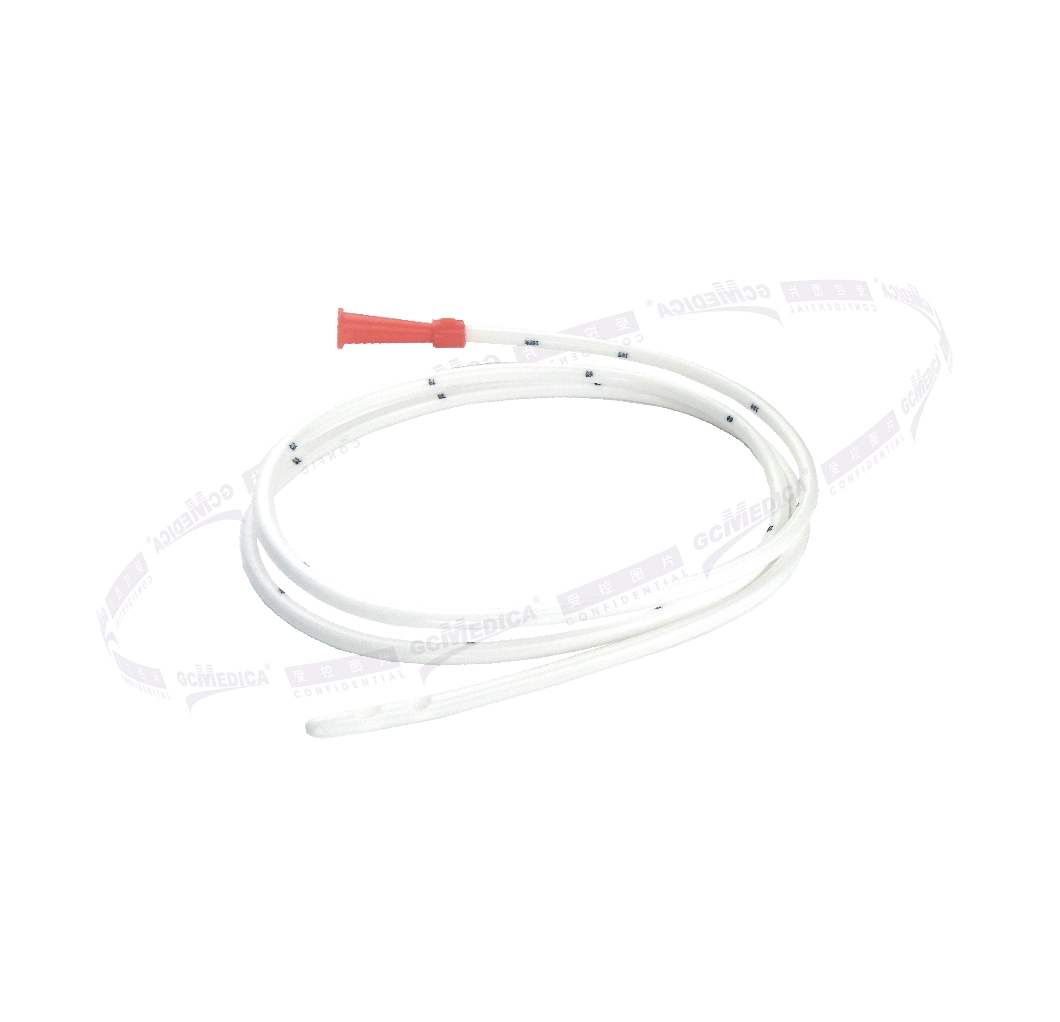
Nasogastric (Ryles) Tubes: Ryles tubes are traditionally used for short-term feeding and gastric decompression. Made of rubber or plastic, they are wider and more rigid than polyurethane tubes. While effective for their intended purpose, they can be more uncomfortable for patients due to their rigidity and size.
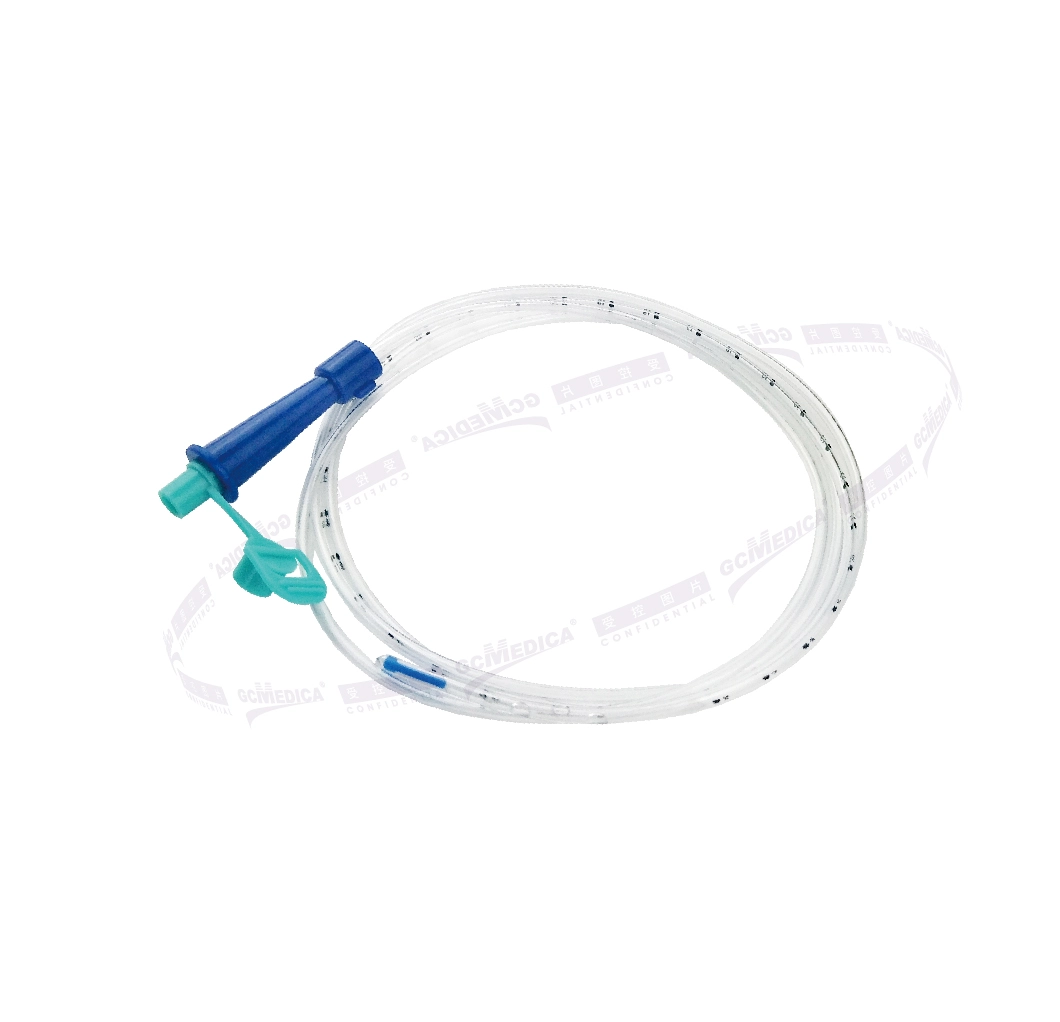
Ryles Feeding Tubes: Essentially similar to Nasogastric Ryles Tubes, these are specifically designed for feeding. They are often used in hospital settings for patients needing short-term nutritional support, especially post-surgery or during acute illness.
| Type of Tube Feeding | Advantages | Disadvantages | Application Scope | Considerations |
| Polyurethane Nasogastric Feeding Tubes | Less irritating, flexible, comfortable for short-term use | Limited to short-term feeding | Short-term nutritional support, especially post-surgery | Risk of nasal discomfort, requires monitoring for misplacement |
| Polyurethane Y-Port Nasogastric Tubes | Simultaneous feeding and medication, reduced tube handling | Can be more complex to manage | Patients needing concurrent feeding and medication | Careful management to prevent blockage and infection |
| Nasointestinal Feeding Tubes | Bypasses the stomach, reduces aspiration risk | More invasive, risk of tube migration | Long-term feeding, patients with gastric motility issues | Requires careful placement, monitoring for intestinal discomfort |
| Nasogastric (Ryles) Tubes | Suitable for short-term feeding and gastric decompression | More uncomfortable due to rigidity and size | Short-term use, gastric decompression | Increased discomfort, risk of nasal and throat irritation |
| Ryles Feeding Tubes | Effective for short-term nutritional support | Similar to Nasogastric Ryles Tubes in discomfort and rigidity | Short-term hospital use, post-operative care | Monitoring for proper placement and patient comfort |
Each type of tube feeding offers distinct advantages, tailored to cater to varying medical conditions and patient needs. The choice of tube largely depends on factors like the anticipated duration of feeding, the patient's overall condition, risk of aspiration, and the need for simultaneous medication administration.
Advantages of Tube Feeding
Tube feeding, a medical intervention designed to provide nutritional support to patients who cannot consume food orally, offers several significant advantages in healthcare settings. This section explores the key benefits of this essential medical practice.
Ensures Adequate Nutrition: The primary advantage of tube feeding is its ability to provide essential nutrients, including calories, proteins, vitamins, and minerals. This is crucial for patients who are unable to eat enough food orally, ensuring they receive the necessary nutrition to support their healing and recovery.
Flexibility in Nutritional Management: Tube feeding allows for precise control over the quantity and type of nutrition a patient receives. This flexibility is particularly beneficial for patients with specific dietary needs or restrictions, such as those with metabolic disorders or food intolerances.
Reduction in Aspiration Risk: For patients at risk of aspiration, such as those with swallowing difficulties or neurological conditions, tube feeding provides a safer alternative to oral feeding. By bypassing the oral cavity, it significantly reduces the risk of food or liquids entering the lungs, which can lead to pneumonia or other serious complications.
Convenience and Comfort for Long-term Feeding: In cases where long-term feeding is required, tube feeding can be more convenient and comfortable compared to repeated attempts at oral feeding, especially for patients with chronic conditions or severe disabilities.
Supports Medication Administration: Tube feeding not only facilitates nutritional support but also offers an avenue for administering medications. This is particularly advantageous for patients who have difficulty swallowing pills or require medications that need to be taken with food.
Enhances Recovery in Various Medical Conditions: Patients recovering from surgeries, those with gastrointestinal disorders, and individuals with reduced consciousness or neurological impairments can benefit significantly from tube feeding. It ensures they receive adequate nutrition, which is a cornerstone of the healing process.
Psychological Benefits for Patients and Caregivers: For caregivers and family members, tube feeding can alleviate the stress and anxiety associated with feeding difficulties. Knowing that their loved one is receiving proper nutrition can provide significant peace of mind.
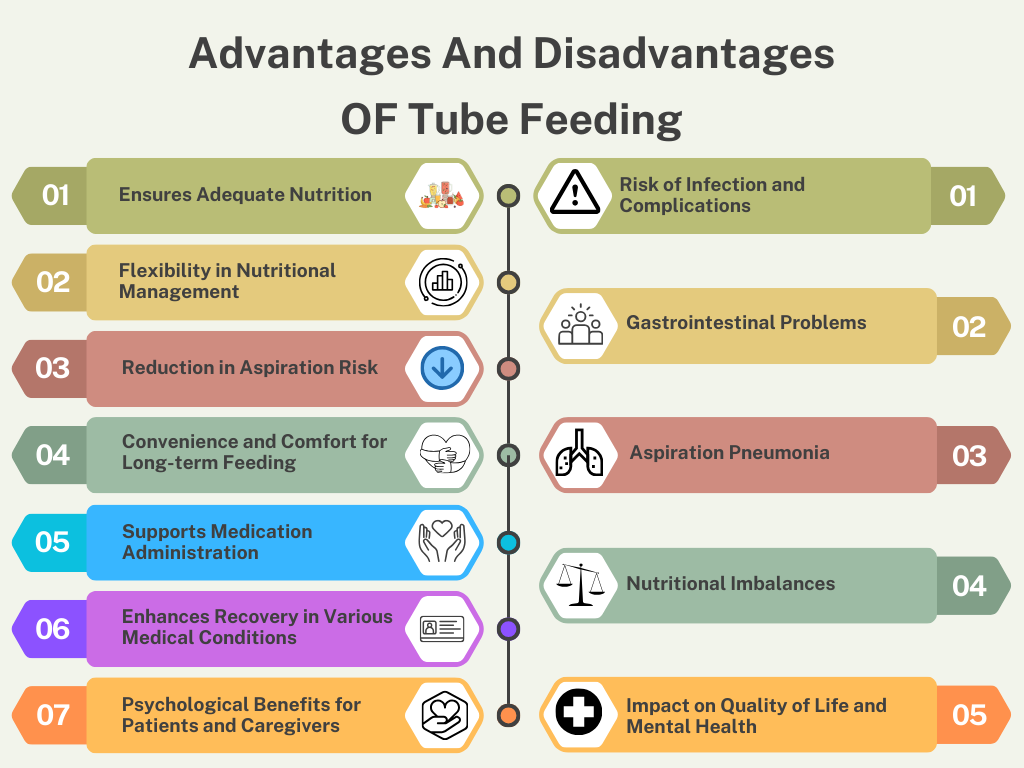
Disadvantages of Tube Feeding
While tube feeding is a crucial medical intervention for many patients, it's important to acknowledge its disadvantages. Understanding these drawbacks helps healthcare providers and caregivers make informed decisions and manage the challenges effectively.
Risk of Infection and Complications: One of the primary concerns with tube feeding is the risk of infection, particularly at the insertion site. There's also the potential for complications like tube displacement, blockage, or accidental removal, which can lead to serious health issues.
Gastrointestinal Problems: Tube feeding can cause gastrointestinal issues such as diarrhea, constipation, bloating, and gas. These symptoms can be uncomfortable for the patient and may require medical intervention to manage.
Aspiration Pneumonia: Despite reducing the risk of aspiration compared to oral feeding, there's still a chance of aspiration pneumonia with tube feeding, especially if the tube is misplaced or if the patient has certain underlying conditions.
Nutritional Imbalances: Achieving the right nutritional balance can be challenging with tube feeding. Over-reliance on formula can lead to deficiencies or excesses in certain nutrients, necessitating careful monitoring and adjustments.
Impact on Quality of Life and Mental Health: For some patients, particularly those who are conscious and aware, tube feeding can impact their quality of life and mental health. The loss of eating as a pleasurable activity and the feeling of being dependent on a tube for nutrition can be psychologically challenging.
Considerations for Specific Patient Groups
Tube feeding, while a universal medical intervention, requires specific considerations when applied to certain patient groups, particularly the elderly and pediatric patients.
Elderly Patients, Including Those with Dementia: In older patients, particularly those with dementia, tube feeding presents unique challenges. These patients may have difficulty understanding the purpose of the tube, leading to agitation or accidental dislodgement. The risk of complications like aspiration pneumonia or infections is also higher due to age-related physiological changes. Additionally, ethical considerations come into play, especially in advanced dementia cases where the benefits of tube feeding must be carefully weighed against the patient's overall quality of life and end-of-life wishes.
Pediatric Patients: Managing feeding tubes in children requires a delicate balance of ensuring nutritional needs are met while minimizing discomfort and psychological impact. Pediatric patients, especially infants and toddlers, might not understand the need for the tube, leading to distress or resistance. It's crucial to monitor growth and development closely, as well as to ensure the tube feeding formula meets the specific nutritional requirements of growing children. The involvement of a multidisciplinary team, including pediatricians, nutritionists, and child psychologists, can be invaluable in these cases.
In both groups, family education and support are vital. Caregivers need training on tube care, recognizing complications, and understanding the emotional and psychological impacts. This holistic approach ensures that tube feeding, while medically necessary, is administered with empathy and respect for the patient's overall well-being.
Conclusion
In conclusion, Tube Feeding is a multifaceted intervention in medical care, offering both indispensable benefits and notable challenges. It is a critical tool for ensuring adequate nutrition in patients who are unable to eat orally, providing life-sustaining support in various medical scenarios. The advantages of tube feeding, such as ensuring proper nutrition, reducing the risk of aspiration, and offering flexibility in dietary management, are pivotal in patient care. However, it is equally important to acknowledge the disadvantages, including potential complications, gastrointestinal issues, and impacts on patient quality of life.
The choice to utilize tube feeding requires a careful evaluation of the patient's specific medical condition, needs, and overall well-being. Healthcare providers must balance the medical benefits with the potential risks, considering both the short-term and long-term implications. The decision should always be patient-centric, prioritizing the patient's health, comfort, and quality of life.


